
Just over 350 million years ago much of South Derbyshire lay under a warm tropical sea.
Life flourished and for millions of years countless numbers of sea creatures lived and died, their dead bodies accumulating on the shallow sea bed. As time progressed this layer of sediment, calcium-rich from shells and coral, accumulated into thick layers. As the layers grew, this squeezed and changed the sediment until it eventually became limestone. Over the following millennia this limestone bed rose above the level of the sea and became the fabulous limestone dales of the Peak District that we love so much today.
Limestone is a fascinating rock that is quite soluble, and because rain is slightly acidic – this was before we created the scourge of acid rain – it ate into the rock and formed numerous underground features such as Poole’s Cavern in Buxton.
From a natural history point of view each rock type underlying the soils all over Britain has a major influence on the animals and plants that live there. In many ways the Peak demonstrates this brilliantly when we compare the sombre heather moors of the northern Dark Peak’s gritstone with the limestone dales of the White Peak.
Limestone has many features that help determine which wild creatures and plants can live on its thin alkaline soils. One of its most important features is that it drains incredibly well. This means that ponds, lakes and boggy ground are in short supply, so animals like frogs and toads might find everything they need for a productive life, apart from the very thing they need to breed in – ponds!
Esta historia es de la edición February 2020 de Derbyshire Life.
Comience su prueba gratuita de Magzter GOLD de 7 días para acceder a miles de historias premium seleccionadas y a más de 9,000 revistas y periódicos.
Ya eres suscriptor ? Conectar
Esta historia es de la edición February 2020 de Derbyshire Life.
Comience su prueba gratuita de Magzter GOLD de 7 días para acceder a miles de historias premium seleccionadas y a más de 9,000 revistas y periódicos.
Ya eres suscriptor? Conectar

Can Plants Hear?
In the latest in his series on the intelligence of plants, Martyn Baguley analyses whether they have the ability to hear
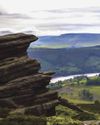
Peak National Park and Ride
Andrew Griffihs asks what the future holds for transport in the Peak National Park and talks to Julian Glover about his Landscapes Review
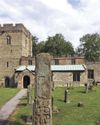
Doubly thankful
Mike Smith explores the village of Bradbourne, which has a particularly poignant tale to tell
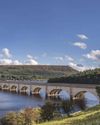
What lies beneath
Exploring the hidden depths of Ladybower Reservoir, which conceals secrets of a fascinating past

Battle for our birds
Paul Hobson analyses our complex relationship with birds of prey and how these fascinating birds are fairing in Derbyshire
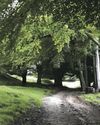
Explore the Peak Forest
A walk through autumn fields and forests with far reaching views enriched by snippets of mystery, romance and the area’s industrial past
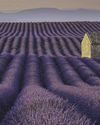
Pictures to transport you
Chesterfield photographer David Keep continues his photographic journey, this time recalling his favourite landscape images from around the world

The magic of Christmas
Ideas for days out, gifts and where to find local produce in Derbyshire this festive season

PENNY for the Guy
We take a look at Derbyshire’s bonfire tradtions through history

From hardship came happiness
Pat Ashworth speaks with Chesterfield based retired Colonel John Doody about his inspiring life, from a diffiult childhood to overcoming diversity and finding happiness